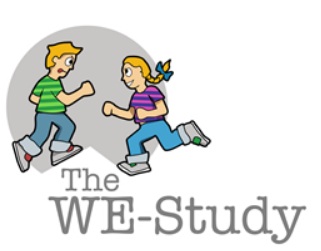WE Study
Walking Easier with cerebral palsyCerebral palsy (CP) results from a lesion to the brain that occurs before or around birth, and it is the most common cause of physical disability in childhood. Approximately 70% of children with CP are able to walk, but experience varying degrees of restrictions related to this function. In children with CP, walking speed is reduced, balance is impaired and energy cost during walking is increased. Consequently, children with CP are less active and restricted in social participation compared to their peers. During the last two decades, targeted muscular injections of botulinum toxin A (BoNT-A) have become the standard treatment to reduce spasticity with the intention to make walking easier in order to facilitate the children's activity level and participation. Treatment with BoNT-A is mainly offered to children. Already at the age of 6 years, approximately 60% of the Norwegian children with CP have been treated with BoNT-A; mainly in the lower limbs. The evidence for a functional effect is surprisingly limited, despite the fact that this drug has been used for 20 years. The drug is expensive not only in terms of drug expenses, but also personal costs as well as the costs for the patients and their families. The objective of the study is to evaluate whether injections of BoNT-A in the calf muscles (mm.gastrocnemius and soleus) make walking easier in children/adolescents with CP within a time span of 6 months, and to evaluate whether an improvement in energy cost during walking is associated with increased daily activity, increased walking capacity, less pain and perceived improved performance and satisfaction. It is a double blinded placebo controlled randomized parallel-group design Phase IV study. This study cordinated by Professor Torstein Vik and sponsored by St. Olavs University Hospital, Trondheim Norway. Study will be conducted in three european countries (Norway, Poland and France).
Population: paediatric



